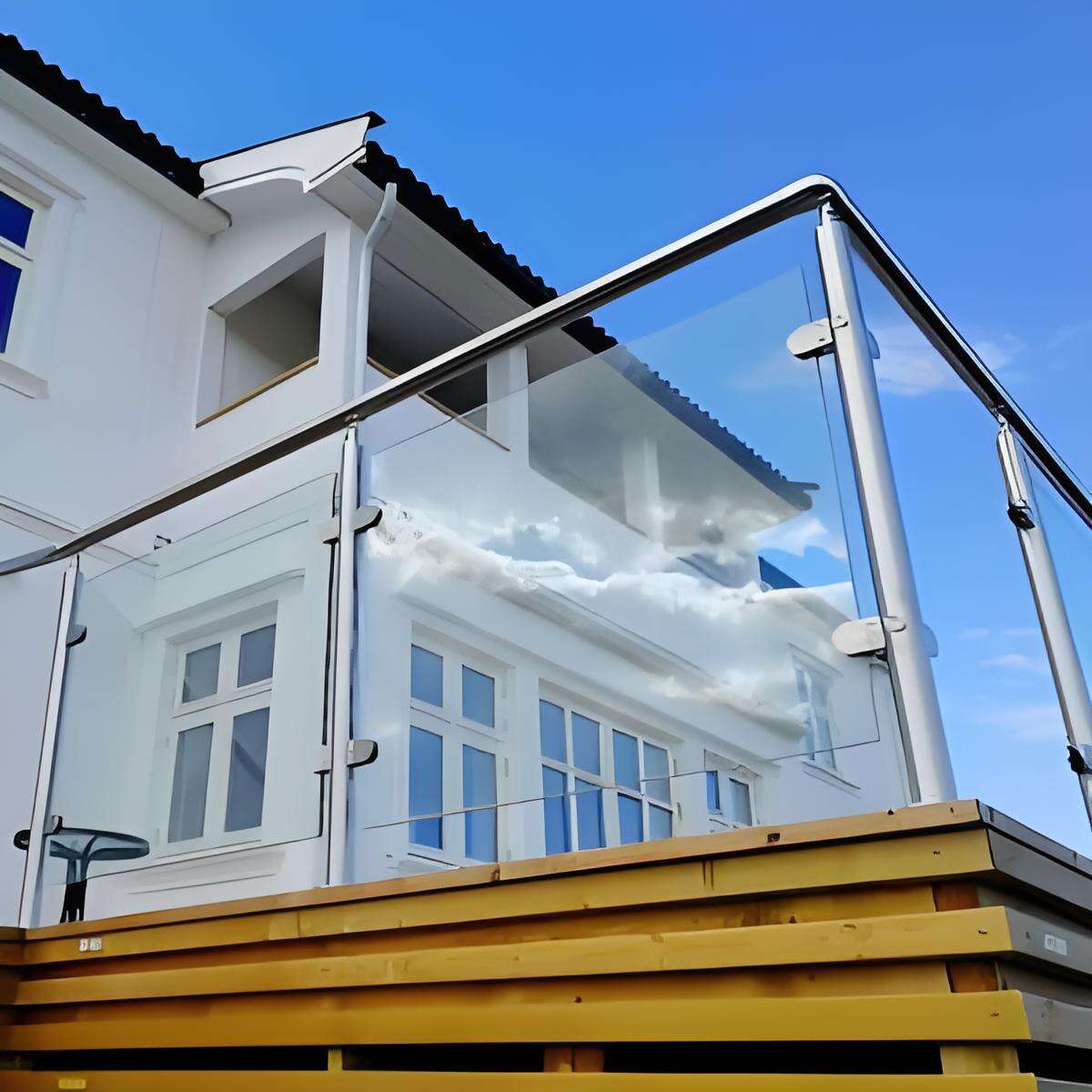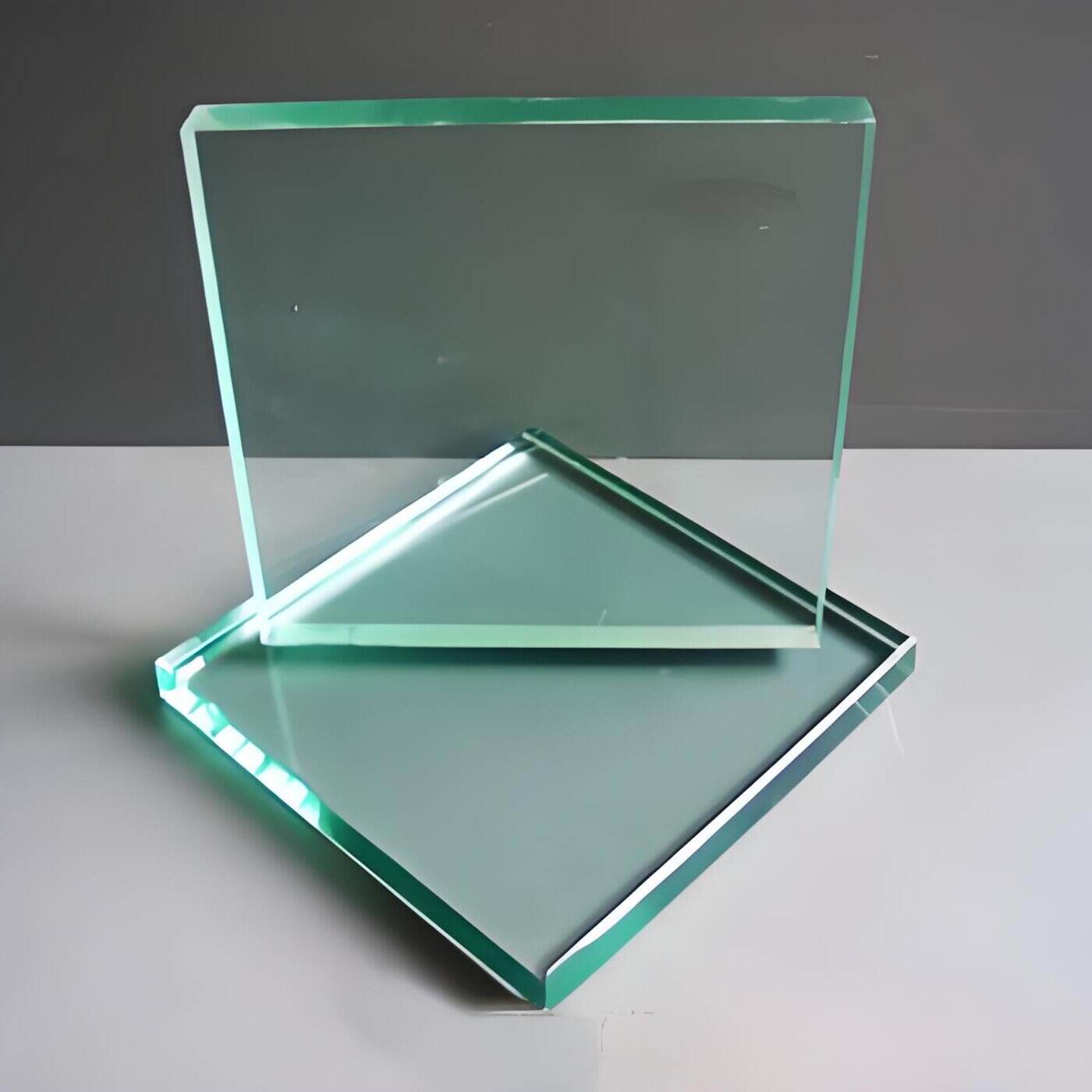double glazed glass panels
Double glazed glass panels represent a significant advancement in modern construction and architectural design, consisting of two panes of glass separated by a sealed space filled with air or inert gas. These panels are engineered to provide superior insulation and enhanced performance compared to single-pane alternatives. The fundamental structure incorporates two glass sheets, typically 4-12mm thick, separated by a spacer bar that creates an air gap of 6-20mm. This configuration creates a thermal barrier that significantly reduces heat transfer between indoor and outdoor environments. The sealed unit is reinforced with high-grade sealants that prevent moisture infiltration and maintain the integrity of the air space. Advanced manufacturing techniques ensure precise alignment and optimal spacing, while special coatings can be applied to the glass surfaces to enhance solar control and thermal efficiency. These panels are extensively used in residential windows, commercial buildings, and architectural features, offering a perfect balance of functionality and aesthetic appeal. The technology behind double glazed panels continues to evolve, with innovations in gas filling, spacer materials, and coating technologies constantly improving their performance capabilities.


